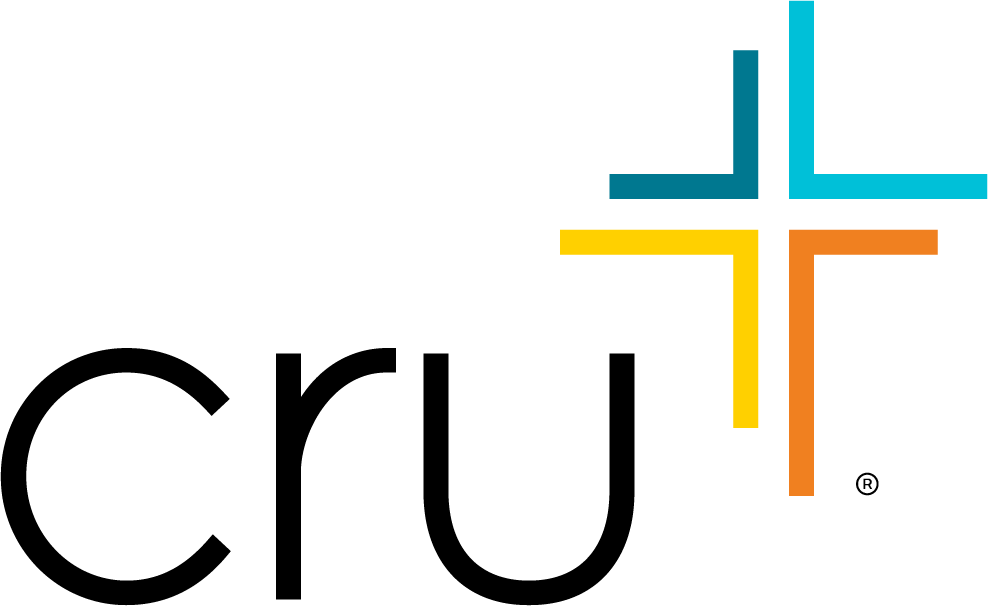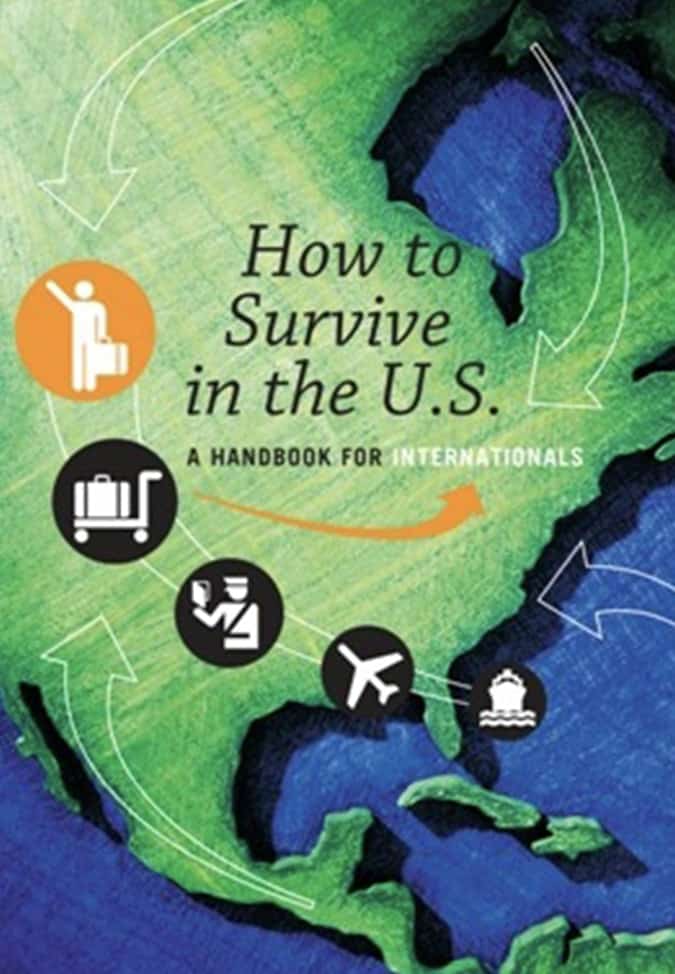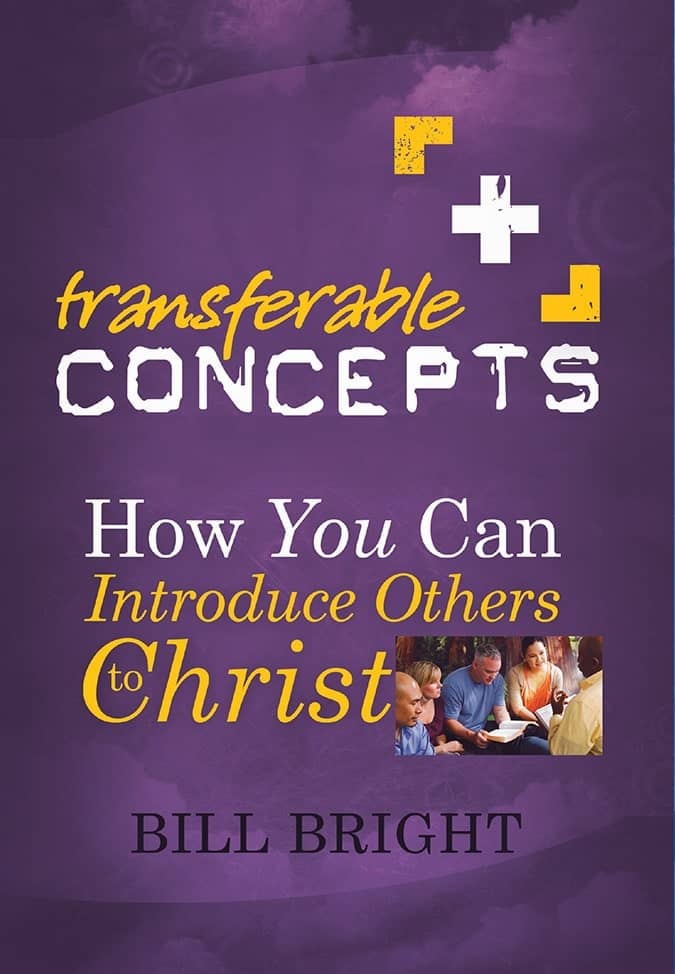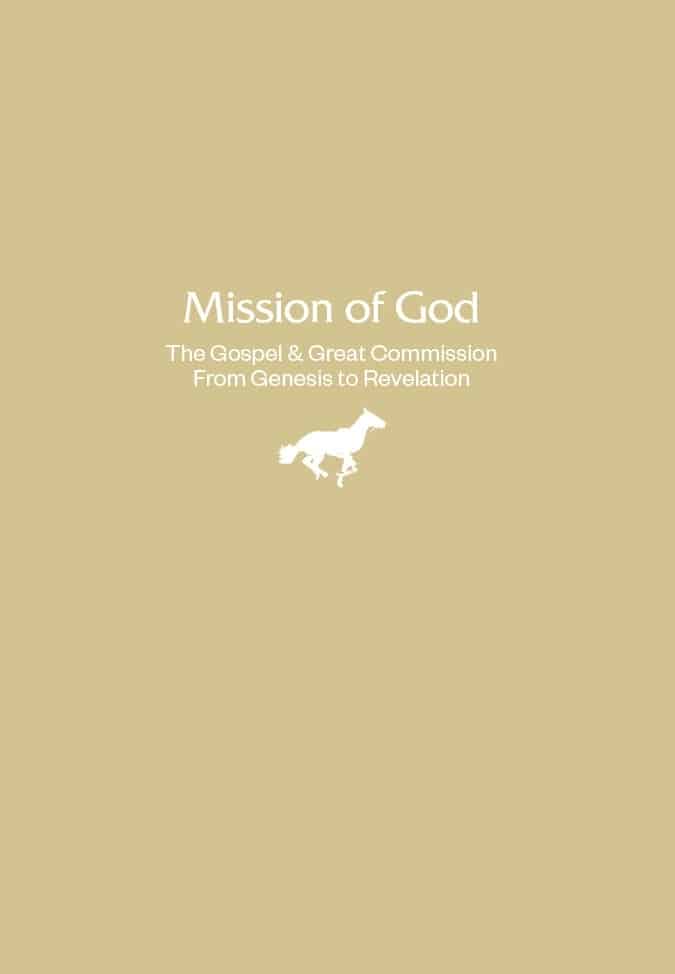Overview: Launching Movements Well
Physical wars are happening around the world, and unfortunately, it’s been that way as long as we can remember. War is a brutal, destructive and heartbreaking struggle between opposing sides for control. This is probably why the Bible uses warfare imagery at times to describe the realities of spiritual battles, or warfare, for those that choose to follow Jesus. Christians believe there is a battle between good and evil going on around us that we cannot see.
Paul, a Christian in biblical times and an author of some books of the Bible, wrote that “our struggle is not against flesh and blood, but against the rulers, against the authorities, against the powers of this dark world and against the spiritual forces of evil in the heavenly realms” (Ephesians 6:12, New International Version). This is why we share Christ with others and also why we look for people that want to join us in the battle to reach the world with the message of hope and love of Christ. This also motivates Cru’s campus ministry to connect with and pursue students so we can answer their questions and give them a chance to hear about the eternal hope beyond this world.
LAUNCHING MOVEMENTS IN THE BOOK OF ACTS
Before looking over some practical ideas about launching movements on campus, first we should look at how the early church launched their multiple movements. Throughout the Book of Acts there are several consistent themes in launching movements from city to city. They launched big with tremendous momentum. They gathered together a movement of believers. They firmly rooted these movements by establishing and leaving behind a team of leaders.
The church in Jerusalem began in a big way. In Acts 2, we all know a large crowd gathered to hear Peter preach. But we usually skip over why. God created a big event by gathering a crowd because of the supernatural sound of the Holy Spirit coming. Then each heard the apostles speak in their native language (Acts 2:6). Three thousand people came to know Christ that day. The church grew in Acts 3, where Peter and John created quite a stir by healing a lame man at the temple. They preached the gospel and 5,000 more believed. The church in Jerusalem did not begin with a whimper, for “the Lord added daily to their number those who were being saved” (Acts 2:47). Unable to attend to every need, the apostles added additional leaders in Acts 6, and as a result “the Word of God spread” (Acts 6:7).
This pattern continued in other cities. Paul launched movements with tremendous momentum, sowing and gathering large groups of interested people. In Pisidian, Antioch, “almost the whole city gathered to hear the word of God” (Acts 13:42). What happened next? “All who were appointed for eternal life believed” (Acts 13:48). In Lystra, Paul healed a lame man, and a crowd gathered mistaking Paul for Zeus. What did Paul do with the crowd? He preached the gospel. Later, Paul returned, “strengthening the disciples and encouraging them to remain true to the faith” (Acts 14:22). Before he left, Paul established a plurality of leaders, appointing “elders for them in each church” (Acts 14:23). Paul used similar approaches in Philippi, Thessalonica, Berea and Athens (Acts 16-17).
What is my point? Almost everywhere the Gospel went for the first time, it was brought with momentum and urgency that comes from a battle with lives, or in this case eternity, at stake. The apostles rooted these movements firmly by leaving behind teams of leaders to continue the movement in their absence.
The early church leaders gave all they had to make Christ accessible to every person in every town. Paul did not wait for insiders to do all of the work. He found his future leaders by going on the offensive, sharing Christ in both the synagogue and the marketplace, to both the religious and the pagans. Paul used every means available to find as many people as possible to launch a movement in each town. Like the apostles in Jerusalem, Paul left behind whole communities of leaders to build the movement and reach out to their towns when he left.
So how could these ideas of spiritual and physical wars open up opportunities for college students to know Jesus?
We can break it down into three stages: sowing, gathering and rooting. First, like Paul we need to broadly sow and see whom might be interested in learning about Jesus. Then we need to gather by sharing Christ with as many as possible as quickly as possible and bring them to a launching meeting. Finally, we need to build roots for the movement by finding and building a plurality of leaders and setting up a structure that will help the movement continue.
PHASE 1: SOWING
Throughout the Book of Acts, we see the principles of momentum and selection at work. The apostles sow the gospel broadly and draw large crowds through supernatural events. They then carefully select a group of the right leaders. Perhaps one of the biggest reasons building movements takes so long is that we do not launch well. Sometimes, we simply fail to gather large enough numbers of interested people. As a result, we unintentionally select the first one or two students we find as our key leaders. Bringing into play every available resource at the very beginning can change this by creating the critical mass needed to give momentum and enable us to select the right leaders. These resources include both people and strategies.
Ironically, we often forget the vital role people play in launching movements. The more people we have helping launch, the more potential students we can meet while launching. Rather than send one staff member to launch a movement, we could send every staff person we can find, including those from regional and national offices. We could send student leaders from other movements. We could send volunteers from church partners, ministry partners and alumni. To gain the maximum impact and momentum, we must launch with as many people as possible. While strategies may be helpful, movements are primarily about people. In this “high-touch” generation, the more people we have helping to launch a movement, the more people will likely join our movement.
With this large pool of humanity, we should use every available strategy to sow broadly. One effective tool is a survey. Through properly written questions, you can quickly find those nonbelievers who are spiritually open and potential Christian leaders to help launch your new movement. With this strategy, manpower is critical. We want to do surveys everywhere there are students. For example, at the University of Michigan, we will use 50 people for four hours to pass out surveys simultaneously in front of every door of every dorm and by every bus stop. Since we cannot gain permission to do surveys in cafeterias, we do them outside where it is allowed. Western Michigan gave us permission to do surveys in four cafeterias and at a freshmen welcome event. As a result, 15 staff members and student leaders from other campuses were able to do 3,600 surveys in several hours to launch a movement from scratch at this campus of 30,000 students. Of that, 1,500 of these surveys were “yes” or “maybe” to a Bible study and/or helping to launch Cru at WMU.
On some campuses, different sowing, or outreach, tools may be effective. These may include Freshmen Survival Kits (FSKs), Internet strategies, posters, flyers or passing out cokes or snowcones. At Saginaw Valley State University, three staff members passed out over 300 FSKs in exchange for a filled-out survey. Over 200 of these students were interested in more information. This is why we need a team of people, because one person — insider or outsider, staff member or student — could never have done 3,600 surveys in one day.
PHASE 2: GATHERING
The second phase of launching a movement focuses on evangelism and bringing students to some form of launching meeting. Ideally, this should be done the day after the broad sowing, although it could begin even the same day. First, we must sort through the surveys or responses from other strategies and divide them up by area of campus. Then we meet with these interested students personally to share the gospel and invite them to the gathering meeting. Once again, this is where having every laborer you can find helps in a significant way.
For example, at Western Michigan, 15 of us were able to share Christ face to face with 200 students in just one afternoon. We gave each of these students, plus hundreds more who were not home, flyers inviting them to our first meeting at WMU. We brought our band from UM, one of our staff members spoke that night, and to our amazement 60 students came to that first meeting. This would never have happened without so many laborers spending their day sharing their faith. At Saginaw Valley, there is less of a dorm system. So we emailed every interested student the night before then showed up on campus and used our cell phones to call every student. Some of them we met face to face and shared Christ with. Others we shared Christ with on the phone. We invited everyone to join us at the first meeting (with free pizza) that night. Two students we met that day were so excited they passed out flyers with us to invite their classmates. We passed out flyers to students eating dinner in both cafeterias, coming back every half hour to meet a new crowd. We even placed flyers for our meeting on the windshield wipers for cars (an effective way of advertising to commuters). Once again God brought out a crowd. On a largely commuter campus, 30 students came out to the first meeting. All of this happened because four staff members from another campus drove two hours for one day of gathering.
PHASE 3: ROOTING
Throughout the Book of Acts, we see the apostles helping new movements build roots by establishing groups of leaders. Our goal in launching movements should be the same: to leave behind leaders who can continue the job of impacting their campus for Christ. Leaders tend to be busy people. We may miss many potential leaders through more casual approaches. Starting with many resources will attract many more high-caliber leaders because they will see how much value you place on the movement. Third, this generation values working and leading together. Creating a group of leaders will draw in more leaders than challenging one leader to run the entire movement.
This vital third phase actually begins with the gathering meeting. At the end of the meeting, you can pass out contact cards for names, addresses and phone numbers. On these cards, you could also give the students a chance to say “yes” or “maybe” to help give leadership to the movement (we did this at Western Michigan). You could also invite those interested to talk with you after the meeting for a few minutes about helping to lead. Having a team of leaders will increase the stability of your movement. They will learn to work together, help each other, challenge each other and accomplish greater things together. A team of 12 students will accomplish far more than one key student, and the movement will be much more likely to survive through challenges and graduation.
The focus of the third day becomes establishing these leaders. The staff should meet individually with as many of those leaders as possible, making sure they are believers and talking through some basic ministry philosophy and next steps. We need to make sure that we help them schedule when their first leadership meeting will be. The bottom line is that we must be sure that we have enough outside resources to not just launch well but to establish this leadership team. When well established, it is amazing what these leaders can do. At Saginaw Valley, we had 12 students come forward to volunteer. These students gained university recognition, raised money, ran the meetings, did follow-up, recruited for a fall retreat and started training for Bible study leaders — all with no staff members stepping on campus for a month after we established them.
BENEFITS OF LAUNCHING WELL
Using every available human resource over the first few days of a movement saves you time. It could take several years for one staff or one key student to build a movement to 60 students. But using 15 outside people for just three days helped accomplish this at Western Michigan. Second, your movement begins as a movement of evangelism. As the Book of Acts shows, movements will often take on the flavor of how they began. That is clear from the Book of Acts. If your student leaders saw that their movement began with staff members and students from other campuses sharing their faith, they will naturally want to do the same.
Third, you immediately establish a leadership team, not just rely on one key student. Quite often we have raised up a key insider to lead a movement only to have him or her graduate and the movement fall apart afterwards. Having a team of leaders from the beginning makes the students more effective and will give a greater stability to times of transition. Fourth, launching this way implants movement launching in the DNA of the movement from the beginning. They will not forget the many outsiders who came to help them launch. Therefore, they will be very willing to join in launching elsewhere themselves.
There are a number of benefits for those who help launch as well. First, this can be a huge win for your staff team. Our staff team has developed many fond memories from being in the battle together on these campuses. We drove together, worked together and saw God move together. We try to start the beginning of the year with as many of our team going to many different campuses to help launch the year. Even though most of our staff may not return to Western, all of us played a part in helping the movement there begin. We were in it together, we continue to pray together and we continue to celebrate together. Second, you can involve student leaders from other schools in helping to launch a movement. Taking some of our Michigan students to Albion College and Western has been visionary for them. It fosters a sense of partnership and raises their vision of what God wants to do: see every student have a chance to hear about Christ.
Third, this is a model that staff members in both national and regional offices can use. Any staff member can spend three days and help launch a movement. Bringing in extra resources from these offices would give a huge lift to the local level trying to launch these movements. It would also increase the vision and experience of those serving the local level from these offices.
CONCLUSION
Movements are at the heart of God’s plan in reaching the world for Christ. The Book of Acts shows a pattern of high-momentum launches with the apostles gathering many and establishing a plurality of leadership. We want to first sow broadly, using as many people and strategies available to find interested students. Second, we want to gather well, sharing Christ with as many as possible and bringing them to a gathering meeting. Finally, we want to root the movement by establishing a leadership team — a group of leaders who can continue the movement and see God continue to do great things.
Search on our site for more information on topics discussed here or check out our campus ministry page.





















